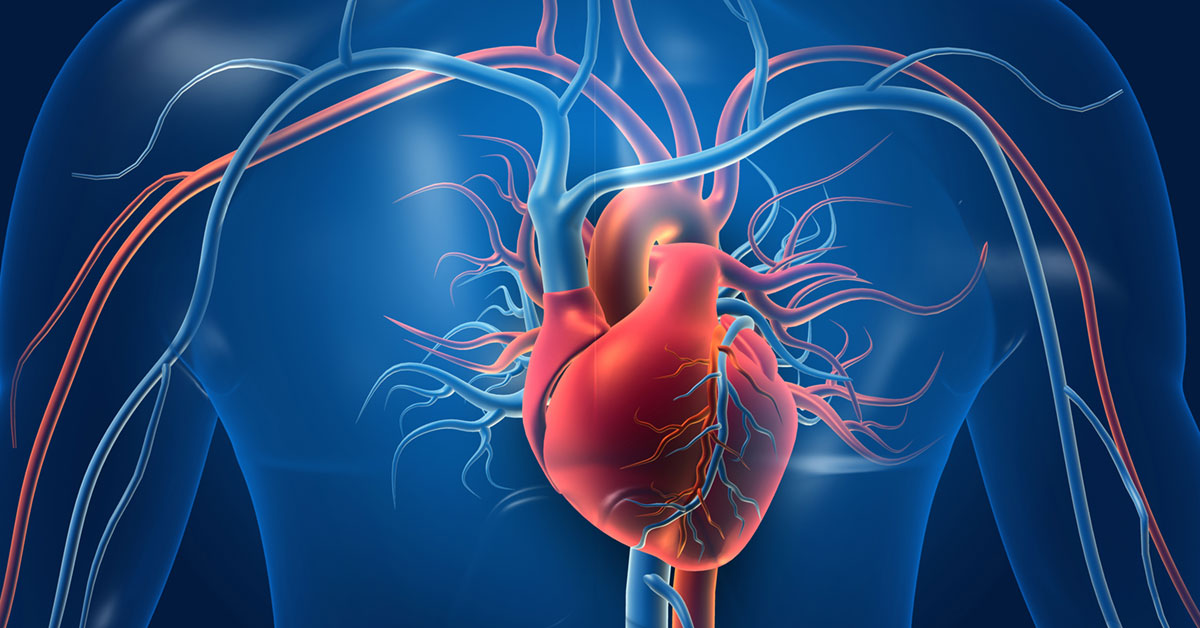Heart Valves and How They Work

The heart pumps blood through the lungs for oxygenation, to the rest of the body, and back to be oxygenated again. Four chambers make up the heart muscle, and each chamber receives, holds, and then pumps blood out. To function properly, blood must flow at the right time and in the right amount. A series of four heart valves control the flow by opening and closing as each part of the heart contracts or relaxes. They open to release blood and, equally as important, close to keep the blood from flowing back into the previous chamber.
These four heart valves each play a role in ensuring the heart can effectively pump blood throughout the body.
Aortic valve
The aorta carries oxygenated blood from the heart to the rest of the body. The aortic valve is located between the left ventricle (the heart’s main pumping chamber) and the aorta. It plays a vital role in preventing blood from flowing backward after each beat. The aortic valve opens to allow oxygen-rich blood to be pumped to the rest of the body, and it closes to prevent blood from flowing back into the heart.
Mitral valve
The mitral valve is situated between the chambers on the left side of the heart. It acts as a one-way gate that allows oxygen-rich blood to flow from the left atrium (upper chamber) into the left ventricle (lower chamber) during the heart’s relaxation phase. The mitral valve then closes when the left ventricle contracts to prevent blood from regurgitating back into the atrium.
Tricuspid valve
The tricuspid valve is located between the atrium and ventricle on the right side. It has three flaps and serves a similar function to the mitral valve but on the right side of the heart. It allows deoxygenated blood to flow from the atrium into the ventricle and closes as the ventricle contracts to prevent backflow.
Pulmonary valve
The pulmonary valve is positioned between the heart and the artery that goes to the lungs. It controls the flow of deoxygenated blood from the right ventricle into the pulmonary artery, which carries it to the lungs for oxygenation. The pulmonary valve opens when the right ventricle contracts to allow blood to flow into the pulmonary artery and closes when the ventricle relaxes to prevent backflow into the heart.
As with any part of the body, the heart valves don’t always function properly. There are many different heart valve conditions that can cause symptoms of fatigue, chest pain, dizziness, shortness of breath, or swelling of the legs. If you are having symptoms of a heart issue or have a family history of valve disorders, contact Oklahoma Heart Hospital to schedule an appointment with one of our physicians.
